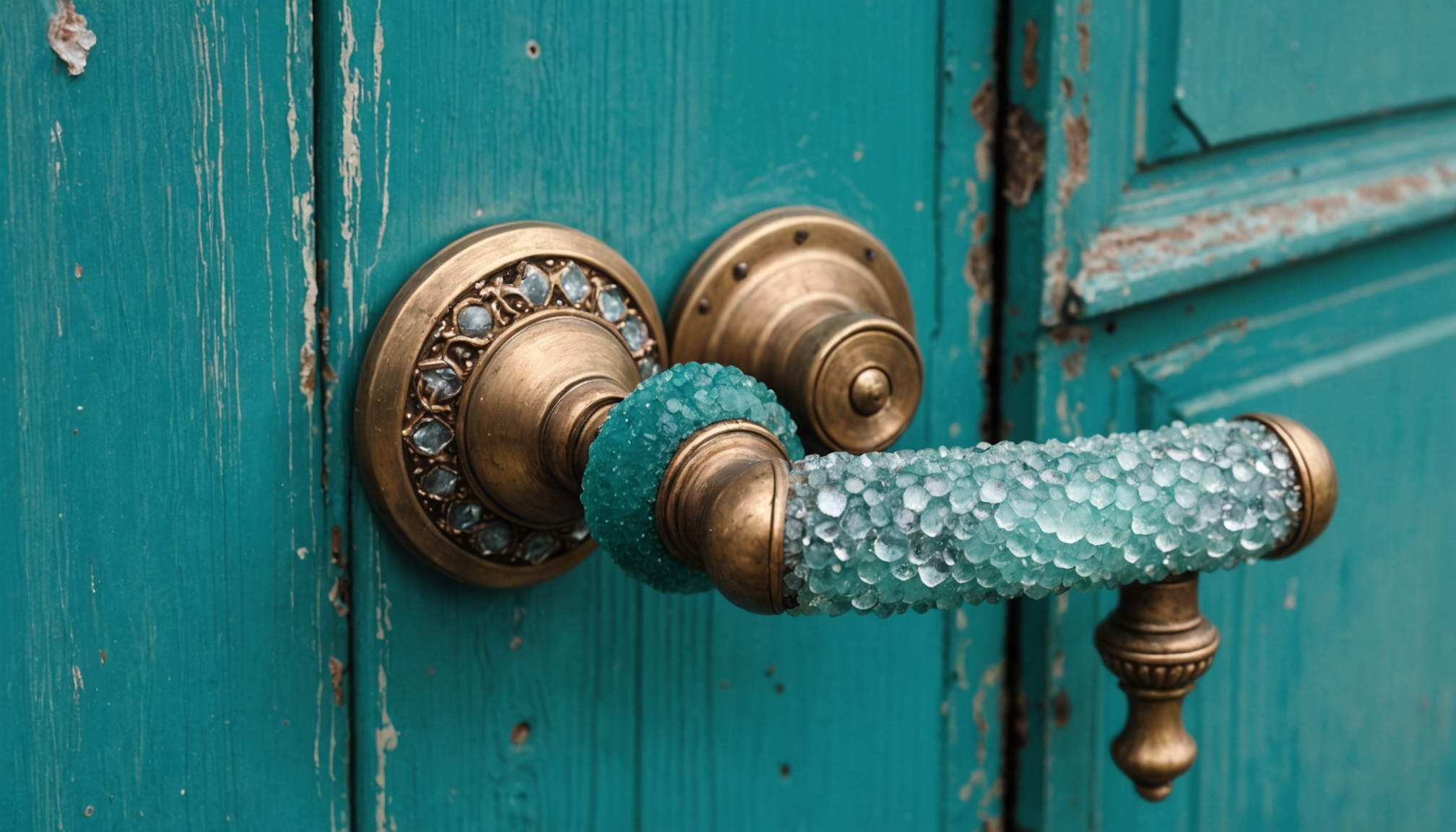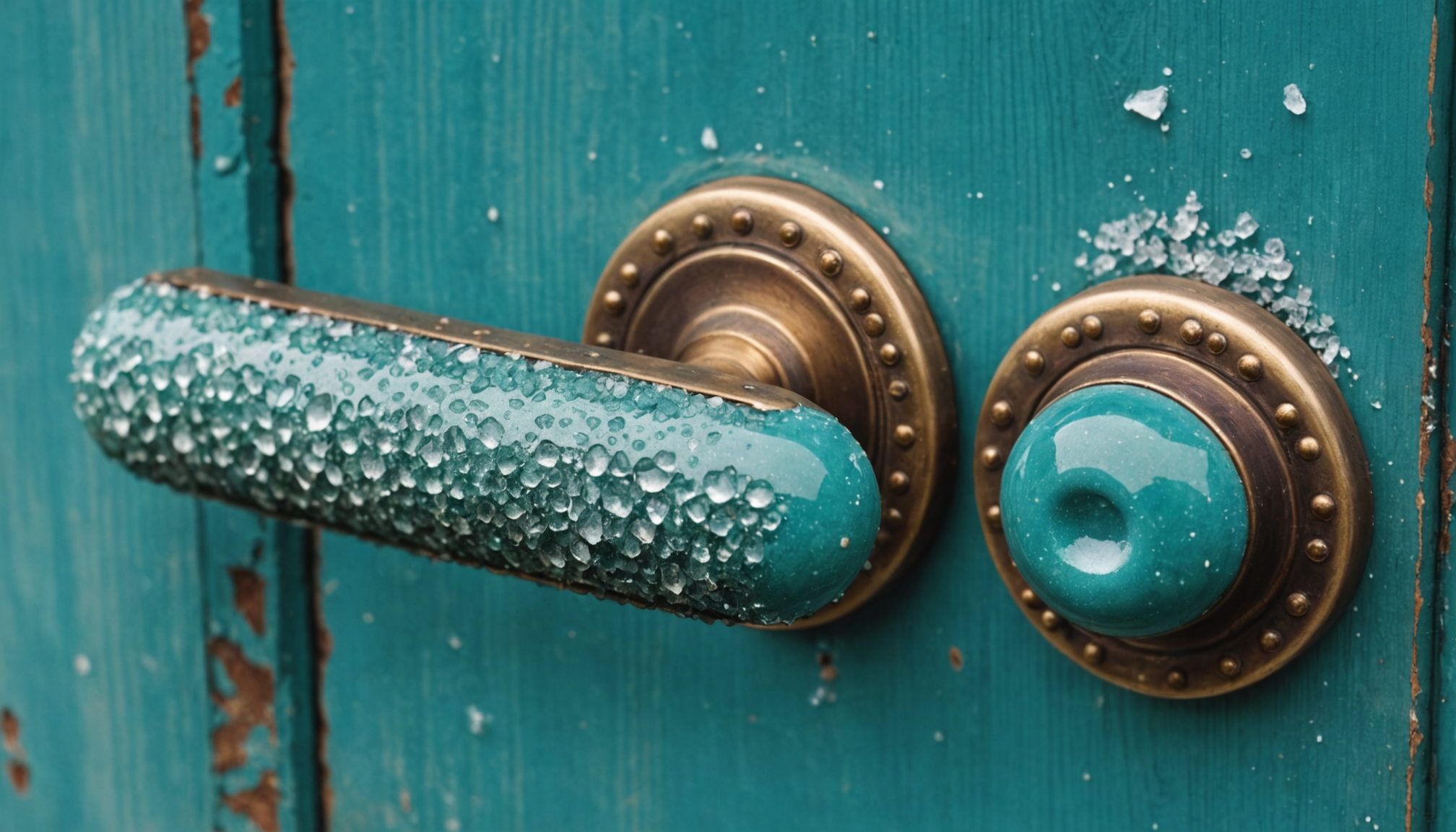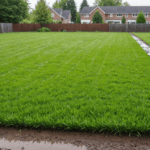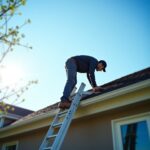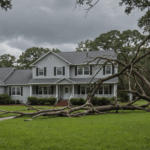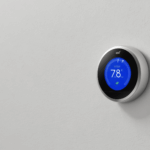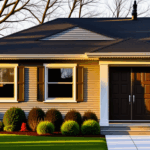Living within 50 miles of Tampa’s coastline exposes homes to an invisible but persistent threat: salt-air corrosion. According to the National Association of Corrosion Engineers (NACE), coastal properties face corrosion rates up to 10 times higher than inland locations, with metal components deteriorating 40% faster in Tampa’s humid, salt-laden environment.
Salt particles carried by sea breezes act like microscopic sandpaper, gradually breaking down protective finishes on windows, doors, and metal fixtures. The Florida Building Code specifically addresses these challenges, noting that homes in coastal zones require specialized materials and maintenance protocols to combat accelerated degradation.
The corrosion process intensifies during Tampa’s hot, humid summers, when salt deposits combine with moisture to create a highly reactive electrochemical reaction. Research from the University of South Florida’s Department of Civil Engineering indicates that untreated metal surfaces in coastal areas can begin showing visible corrosion within just 3-6 months of exposure.
Common signs of salt-air damage include:
- White, powdery deposits on metal surfaces
- Green or reddish-brown rust spots on hardware
- Pitting or bubbling in protective coatings
- Sticky or difficult-to-operate window mechanisms
- Door hinges that squeak or show discoloration
The financial impact of coastal corrosion is significant. The American Society of Civil Engineers estimates that homeowners in salt-exposed regions spend an additional $3,000-5,000 per year on maintenance and replacement of corroded components compared to inland properties. Windows and doors are particularly vulnerable, with marine-grade hardware often requiring replacement every 2-3 years if not properly maintained.
Salt air also affects different materials differently. Aluminum window frames can develop pitting corrosion, while steel components may experience uniform surface rust. Even stainless steel, commonly believed to be corrosion-resistant, can develop tea-staining or pitting in coastal environments without proper care. According to Tampa-based metallurgist Dr. James Martinez, “The combination of high humidity, elevated temperatures, and salt exposure creates perfect conditions for accelerated corrosion in residential buildings.”
Protection strategies for exterior windows
High-performance window coatings and proper maintenance are essential defenses against Tampa’s aggressive coastal environment. Impact-resistant windows with vinyl or fiberglass frames offer superior salt-air resistance compared to traditional aluminum frames. These materials don’t corrode and maintain their structural integrity even after years of exposure to maritime conditions.
A multi-layer defense strategy starts with selecting windows featuring low-E glass coatings, which not only protect against UV rays but also create a smoother surface that resists salt accumulation. For existing windows, applying a protective film or coating specifically designed for coastal environments can extend their lifespan by up to 5 years, according to industry studies.
Professional window installers in Tampa recommend double-pane or triple-pane windows with specialized weather stripping that creates an additional barrier against salt intrusion. The space between panes should be filled with inert gases like argon or krypton, which provide better insulation and prevent moisture accumulation that could lead to internal corrosion.
Weather-tight seals around windows are crucial in coastal areas. Silicone-based sealants specifically formulated for marine environments should be inspected and replaced every 2-3 years to maintain their effectiveness. These sealants remain flexible despite temperature fluctuations and resist degradation from constant salt exposure.
- Install window tracks made from non-corrosive materials like vinyl or stainless steel grade 316
- Apply marine-grade protective coatings to window frames every 12-18 months
- Use protective window films that resist salt etching and UV damage
- Ensure proper drainage around window installations to prevent salt-water accumulation
Safeguarding doors from salt damage
A prevalent mistake among Tampa homeowners is neglecting their doors’ bottom edges, where salt-laden moisture frequently accumulates and causes severe damage. Experts recommend installing door sweeps made of corrosion-resistant materials like EPDM rubber or silicone, which should be replaced annually rather than waiting for visible deterioration.
Many residents mistakenly choose standard exterior doors instead of those specifically designed for coastal environments. Fiberglass and vinyl-clad doors offer superior protection against salt damage compared to traditional wooden doors, which can warp and deteriorate rapidly in Tampa’s maritime climate. When selecting new doors, look for products with a minimum 10-year warranty against coastal corrosion.
Another common oversight is using standard paint instead of marine-grade coatings on exterior doors. These specialized coatings create a protective barrier that can withstand salt spray and should be reapplied every 2-3 years. Many homeowners wait too long between recoating, allowing salt damage to penetrate the door’s substrate.
The weatherstripping around doors often gets overlooked until problems become severe. Replace worn weatherstripping immediately using marine-grade materials designed for coastal environments. Waiting too long can allow salt-laden air to infiltrate the home and damage interior components.
Some key mistakes to avoid:
– Using regular steel screws instead of stainless steel fasteners
– Neglecting to lubricate door hinges monthly with marine-grade lubricants
– Installing standard door thresholds instead of corrosion-resistant alternatives
– Failing to clean door surfaces weekly to remove salt deposits
– Ignoring early signs of coating failure or surface deterioration
Frame selection errors are particularly costly. Aluminum frames without proper anodizing or powder coating quickly deteriorate in coastal conditions. Composite frames or those with marine-grade aluminum offer better longevity but require regular maintenance to prevent salt damage.
Hardware maintenance and replacement options
Regular maintenance and strategic hardware choices play a crucial role in protecting Tampa homes from coastal corrosion. When selecting hardware components, marine-grade stainless steel (316 grade) should be the minimum standard, as it offers superior resistance to salt-air deterioration compared to standard stainless steel or brass fixtures.
For window hardware, investing in multi-point locking systems with corrosion-resistant coatings can significantly extend their lifespan. These systems typically cost 30-40% more than standard hardware but can last up to three times longer in coastal environments. Regular lubrication with dry-film lubricants specifically designed for marine applications helps prevent seizure and maintains smooth operation.
Door hardware requires particular attention, with hinges being the most vulnerable components. Self-lubricating hinges with ceramic coatings offer excellent protection against salt damage. For existing hardware, applying a protective coating of lanolin-based products every three months creates an effective barrier against salt-air corrosion.
Consider these replacement options when upgrading hardware:
– Titanium-coated handle sets and locksets
– Ceramic-bearing door hinges
– PVD-finished (Physical Vapor Deposition) hardware
– Composite or high-impact plastic components for non-load-bearing applications
– Salt-rated weatherstripping with UV protection
Maintenance should follow a systematic approach:
1. Monthly inspection of all moving parts
2. Quarterly application of protective coatings
3. Immediate replacement of any hardware showing signs of pitting or corrosion
4. Regular cleaning with non-abrasive, salt-neutralizing solutions
For optimal protection, combine high-quality hardware with proper maintenance techniques. A proactive approach to hardware care can save Tampa homeowners thousands in replacement costs and prevent costly emergency repairs. Remember that even the highest quality marine-grade hardware requires regular attention to perform optimally in challenging coastal conditions.
Stay ahead of corrosion by establishing a consistent maintenance routine and choosing appropriate replacement parts when needed. Your home’s hardware will reward you with years of reliable service, standing strong against Tampa’s salt-air challenges.
Preventive cleaning and inspection schedules
- How often should I clean my windows and doors in Tampa’s coastal environment?
- Windows and doors should be cleaned at least twice monthly with a mild, non-abrasive cleaner specifically formulated for salt environments. After cleaning, apply a protective coating every 3-4 months to maintain the barrier against salt-air corrosion.
- What’s the best way to inspect door hinges for salt damage?
- Check door hinges monthly for signs of discoloration, stiffness, or white powder residue, which indicate salt corrosion. Test the movement for smoothness and listen for squeaking sounds that might suggest deterioration.
- How long do weather seals typically last in Tampa’s coastal climate?
- Weather seals in coastal areas typically need replacement every 18-24 months, even if they appear intact. Salt exposure can degrade the material’s flexibility and effectiveness before visible damage occurs.
- What cleaning products should I avoid on my coastal home’s hardware?
- Avoid cleaners containing ammonia, bleach, or abrasive compounds as they can damage protective coatings and accelerate corrosion. Also, steer clear of traditional WD-40 type lubricants, which can attract and trap salt particles.
- When should I schedule professional inspections for my windows and doors?
- Professional inspections should be scheduled twice yearly, ideally before and after Tampa’s hurricane season. These inspections should include a thorough assessment of all seals, hardware, and protective coatings to identify potential issues before they become serious problems.
